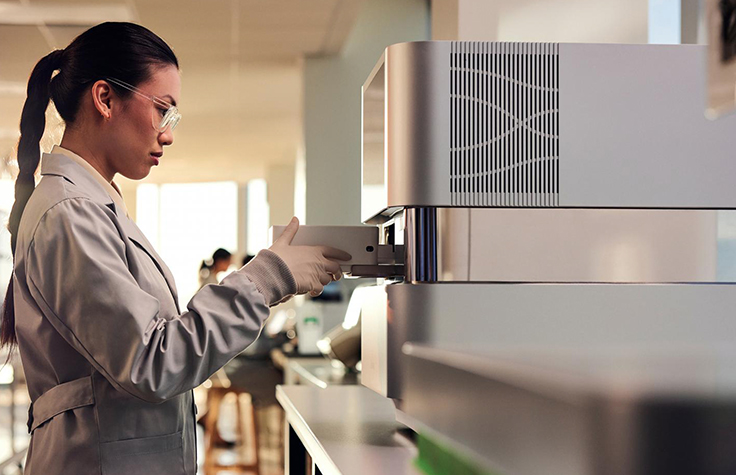Hello everybody!
I'm new at the NextSeq world, my lab just bought a new machine some weeks ago and now I will be responsible to set up all the environment to perform different bioinformatics analysis
The first i did was compile bcl2fastq in our cluster, I had no problem with it. Now i would like learn how does it works
I found some bcl files at the piccard GitHub https://github.com/broadinstitute/picard
but I'm not sure that I have all the archived required here, for example i do not have the SampleSheet file
so my questions are:
1- How do I can execute the bcl2fastq script. Do i have enough with
bcl2fastq --input-dir xxxx --ouput-dir xxxx
2 which files should i place to the input-dir? Do I have enougt with the bcl file or do i have to place some other files there? What if i don't have the SampleSheet file?
p
I'm new at the NextSeq world, my lab just bought a new machine some weeks ago and now I will be responsible to set up all the environment to perform different bioinformatics analysis
The first i did was compile bcl2fastq in our cluster, I had no problem with it. Now i would like learn how does it works
I found some bcl files at the piccard GitHub https://github.com/broadinstitute/picard
but I'm not sure that I have all the archived required here, for example i do not have the SampleSheet file
so my questions are:
1- How do I can execute the bcl2fastq script. Do i have enough with
bcl2fastq --input-dir xxxx --ouput-dir xxxx
2 which files should i place to the input-dir? Do I have enougt with the bcl file or do i have to place some other files there? What if i don't have the SampleSheet file?
p

Comment